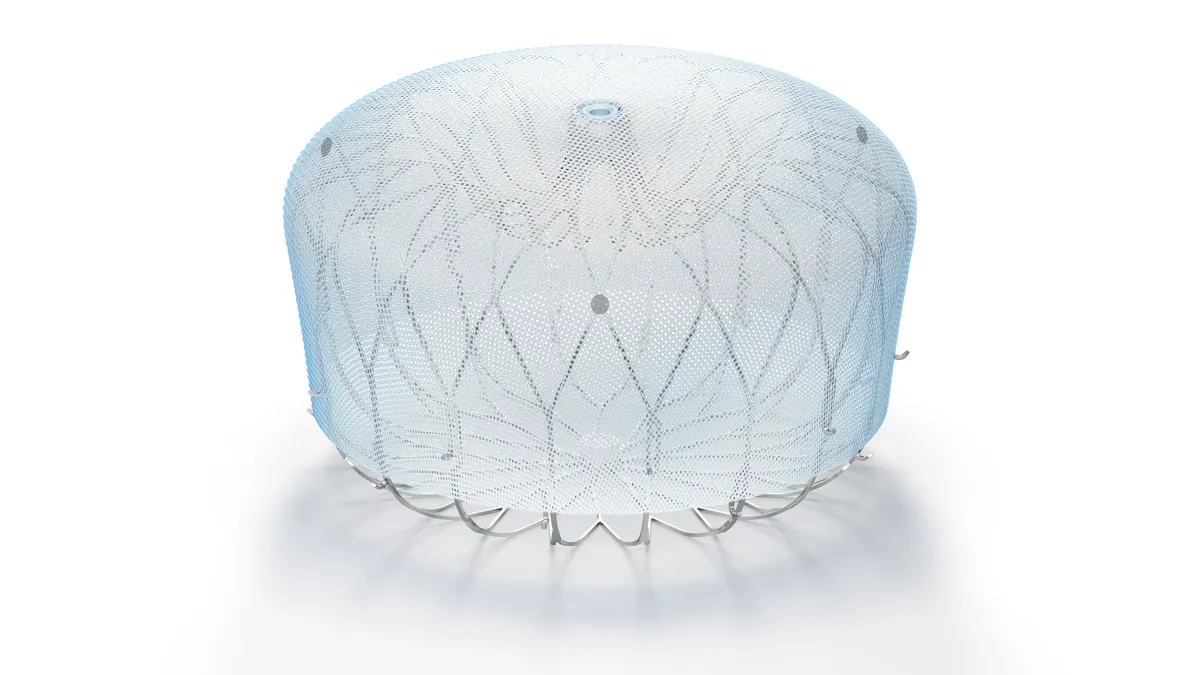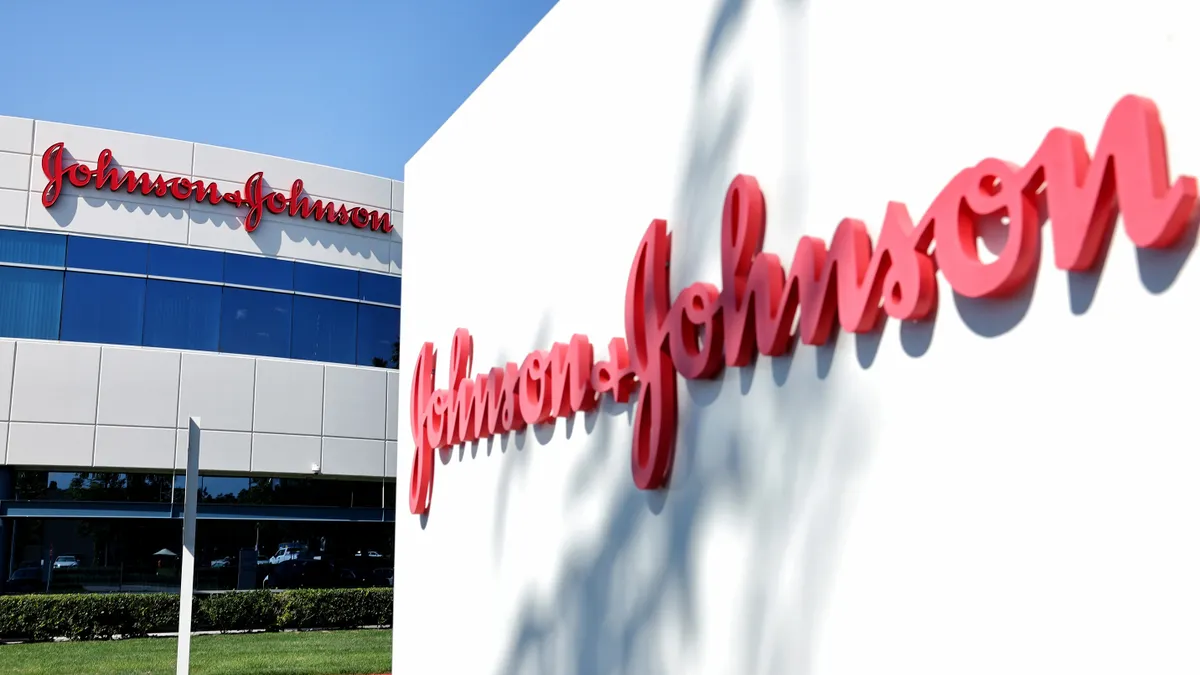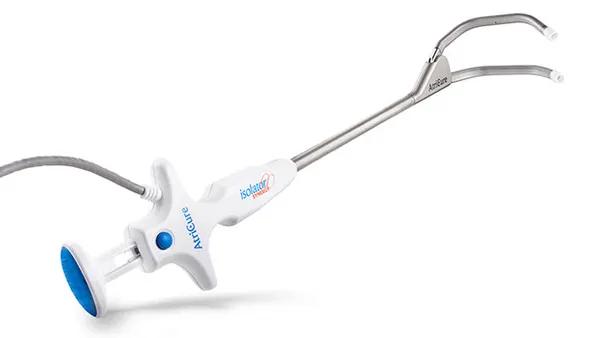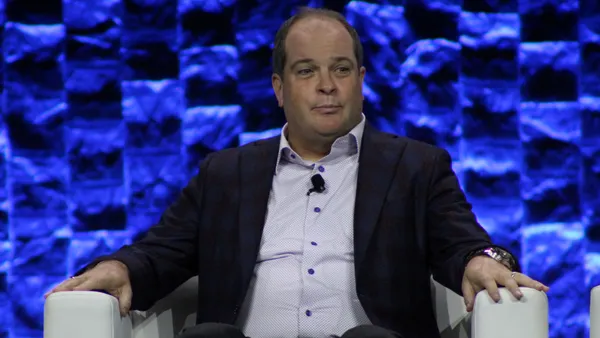Dexcom CEO Kevin Sayer shared new data on the company’s first over-the-counter glucose sensor at the J.P. Morgan Healthcare Conference on Monday.
Stelo, which is indicated for people who don’t take insulin, had about 140,000 users at the end of the year. Dexcom launched the device in August 2024, priced at $89 for a monthly subscription or $99 for a one-time order.
Dexcom also provided a financial update, pre-announcing fourth-quarter sales of $1.11 billion and 2024 sales of $4.03 billion. The numbers were an important update for Dexcom after lowering its 2024 sales forecast in July to a range of from $4 billion to $4.05 billion, citing a salesforce restructuring and other factors.
For 2025, Dexcom expects revenue of $4.6 billion.
MedTech Dive caught up with Sayer for more details on Dexcom’s strategy for over-the-counter sensors and other plans for this year, including a study aimed at expanding coverage of its devices for people with Type 2 diabetes.
Expanding coverage for Type 2 diabetes
Dexcom launched its Stelo sensors last summer to offer an over-the-counter glucose monitor for people with Type 2 diabetes who don’t take insulin. The Food and Drug Administration cleared the device with a broader indication, making the sensor available for adults with prediabetes or for general wellness purposes. Abbott also has a competing, wellness-oriented over-the-counter sensor.
Sayer told MedTech Dive that Dexcom initially saw more Stelo purchases from health and wellness users “because these people wanted it really bad,” before seeing more uptake from people with Type 2 diabetes and prediabetes. Most users signed up for subscriptions versus a one-time order.
Stelo brought in $22 million in revenue in 2024, nearly $10 million less than what J.P. Morgan had expected, analyst Robbie Marcus wrote Monday in a research note.
As Dexcom seeks expanded coverage of its continuous glucose monitors (CGM) for people with Type 2 diabetes, it expects its Stelo users will shift.
“What we hope for is that we can get insurance to cover … anybody with diabetes for CGM,” Sayer said, adding that Stelo, which is cash pay, “might migrate more towards a pre-diabetes and health and wellness platform.”
At Dexcom’s conference presentation on Monday, Sayer shared that the company had won CGM coverage from two of the three largest pharmacy benefit managers, giving it access to 5 million more people with Type 2 diabetes who aren’t intensive insulin users or taking multiple daily shots of insulin.
The company is pursuing coverage for its G7 platform, which is a prescription sensor.
“We could go for Stelo reimbursement with the insurance companies, but we haven't worked through all those details yet,” Sayer told MedTech Dive.
The company is also launching a randomized controlled trial that it hopes will grow coverage of CGMs for people with Type 2 diabetes. Dexcom began enrolling patients last year and plans to finish enrollment in the first half of 2025. The trial will include people with Type 2 diabetes who aren’t on intensive insulin therapy and people taking other diabetes medications such as metformin and GLP-1s.
Update on 15-day CGM
Sayer previewed other upcoming features for Dexcom’s CGMs, including plans to launch a 15-day sensor in the second half of the year. Competitor Abbott currently has 15-day sensors with its Freestyle Libre 2 Plus and Freestyle Libre 3 Plus devices, which the FDA cleared in 2023.
Sayer said having a 15-day sensor is important because users and physicians prefer a longer wear time, and it reduces Dexcom’s cost of goods. Currently, Dexcom’s G7 is indicated for a 10-day wear time.
As for Stelo, Sayer said a partnership with Ōura, the maker of a smart ring, will allow users to bring sleep data to the platform. Dexcom also plans to add integrations with meal-tracking apps such as MyFitnessPal in response to user feedback.
The company has begun work on a next-generation CGM. Sayer said the sensor will be smaller, less expensive and include better electronics. Dexcom is also studying new sensor probes, one of which can support multiple analytes, such as measuring lactate or ketones in addition to insulin.














